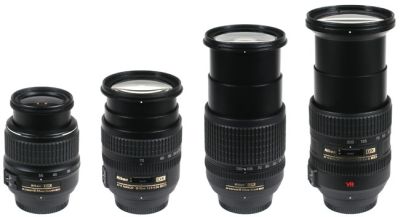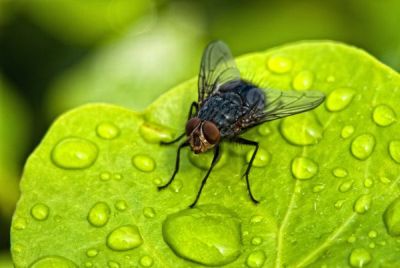Falling in love with photography is easy. Being scared away by the highbrow photo terms is even easier. Crop-factor, aperture, depth of field… What the heck?!
Come on, it is not that complicated, you just need a minute to settle it all down, step by step.

Here’s a rundown in plain English of the most common terms you’ll hear or read about. Don’t see a term defined? Just ask.
Aperture: Light passing through a camera lens must pass through a hole called an aperture. The aperture’s size can be changed manually or automatically by the camera. The size of the aperture affects how much light gets through the lens and onto the film or sensor. Very small apertures increase the depth of field and require longer exposure times because very little light reaches the sensor. And very large apertures decrease the depth of field and allow for shorter exposure times. Aperture is measured by a number call the f-stop. More about aperture here.








Exposure: The combination of shutter-speed and aperture that were used to capture an image.
Exposure compensation: Many cameras allow you to “dial-in” a certain amount of exposure compensation to either over- or under-expose a photograph. Over-exposed photographs are brighter and under-exposed photographs are darker. The typical reason people add exposure compensation is when the camera’s light meter is not exposing the scene properly. For example, when shooting into a bright back light, most cameras will expose the scene so that the foreground subjects are dark. To brighten them up you need to add some positive exposure compensation to “over-expose” the photo.
Flare: Lens flare is characterized by hazy images, decreased contrast, and possibly even colored spots or lines in the frame. It is caused by intense light shining directly onto the lens.
Flash: The bright flashy thing that makes people blink when you take their photo.


HDR (HDRI): HDR is an acronym for High Dynamic Range (sometimes HDRI for HDR Image). HDR images are created by blending multiple, bracketed exposures of the same scene to create a new image with a wider dynamic range than could normally be captured in a single image. This allows scenes with very bright and very dark areas to be rendered in a way that looks more like what the human eye would see.

JPG: The standard image format of most digital cameras. JPG files have become a standard in digital imaging because the format is able to record a very high quality image while still having a very compact file size. One potential problem with JPG files is that each time you make a change to a JPG and save the file, it loses a little bit of quality. For this reason, always keep your original JPG in a safe location and if you decide to make changes to it save the changes in a separate file.
Lens: Lenses capture light and focus it onto the film or sensor at the back of the camera. Lenses are obviously a very important part of a camera. When a photographer refers to “glass” he is talking about lenses.


Noise: Noise refers to the graininess of an image. Noise appears as random, grainy speckles throughout an image. Higher ISO settings typically create more noise.
Prime: A non-zoom lens.
RAW: RAW is a proprietary image format that some (typically high-end) cameras support. Every camera’s RAW files are unique and require a special viewer for viewing and editing them. RAW files are also much larger than JPG files. As the name implies, RAW files contain the unprocessed (raw) data from the digital sensor at the time the image was made. RAW files contain much more information than JPG files which can give increased detail and more latitude during processing for exposure adjustments. You might think of a RAW file as the digital equivalent of a film negative.
Shutter: The shutter is a screen that covers the film or sensor inside your camera. When you press the shutter release button, the camera quickly opens and then closes the shutter to let just the right amount of light fall onto the sensor.
Shutter speed: The shutter speed is how long the shutter will remain open during an exposure. It is expressed in fractions of a second. Typical ranges for shutter speed are from 30 seconds to 1/8000 of a second. Fast shutter speeds can freeze action. Long shutter speeds may be required to capture very dark scenes.
SLR: Single Lens Reflex. It’s a fancy name that means when you look through the viewfinder of your camera, you are actually looking right through the lens. What you see is what you get. This is different than most compact cameras which show you a view through a plastic window that is offset from the actual lens.
Speedlight or Speedlite: A flash. Speedlights are Nikon flashes, and Speedlites are for Canon.
Telephoto: Telephoto refers to the long end of the focal length range. Anything longer than about 85mm is considered telephoto.

Wide-angle: Wide-angle refers to the shortest end of the focal length range. Anything below around 24mm is considered wide-angle.

These were the most common terms, though, as I wrote above – feel free to ask anything that is not 100% clear for you in the comments!









Very well done. i would add a few more: Polarizers, ND filters, Fill light, Key light, Lensbaby…. 🙂